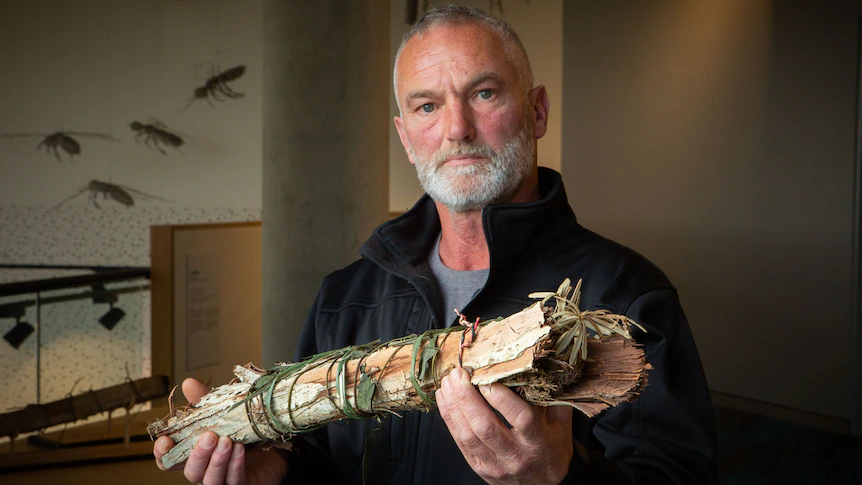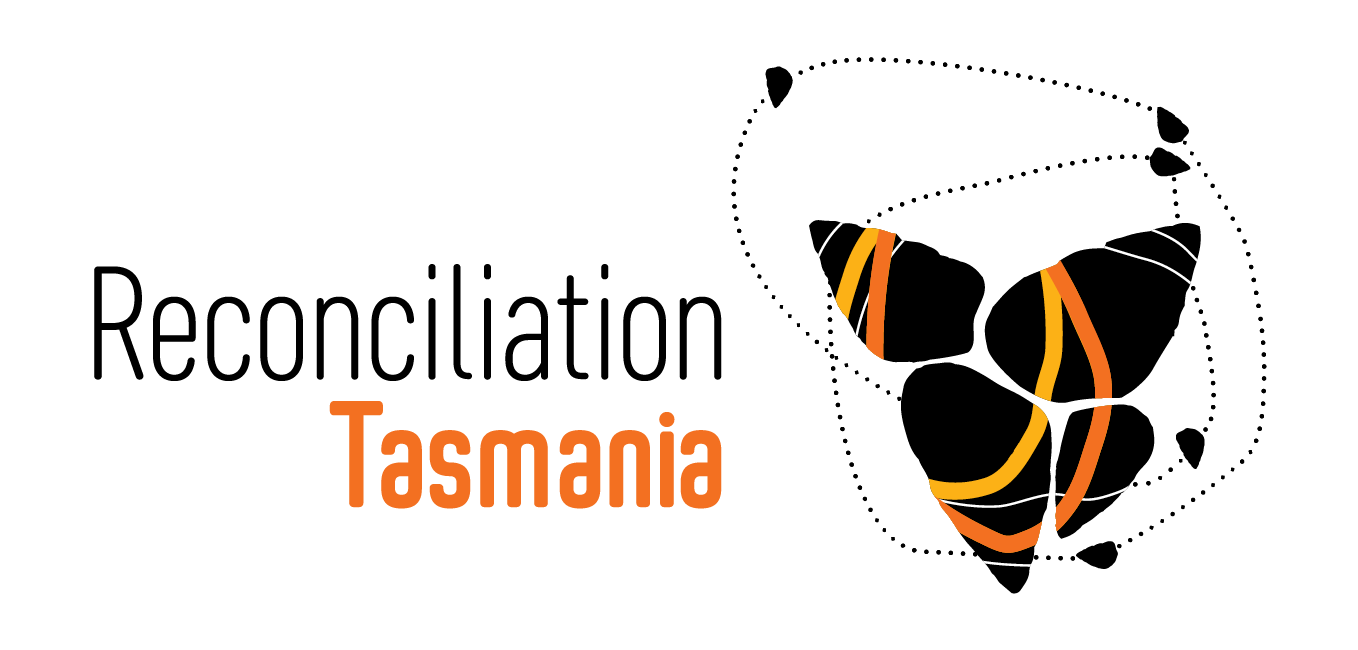Aboriginal firestick gifted to Tasmania’s Central Coast Council as thank you for reconciliation commitment
ABC Northern Tasmania / By Rick Eaves Posted Wed 7 Jun 2023
A traditional Aboriginal firestick now sits right at the centre of Central Coast Council’s meeting table in Ulverstone, Tasmania.
The Palawa man who made and gifted it, Lyndon O’Neil, said he wanted to thank a traditionally conservative council for taking “giant steps” forward.

“It’s amazing to now see the Aboriginal flag flies every day outside the council chambers,” Mr O’Neil said.
“What’s most exciting to me is that it shows we’re beginning to think and care about country. This is not just about Aboriginal people it’s about all of us working together.
“That’s what the thanks to the council is really for — the commitment they are making to country.”
Central Coast mayor Cheryl Fuller said the firestick, presented on Friday at the end of Reconciliation Week, would be a great reminder for the council of on whose land they met.
“Reconciliation is a journey and the firestick reminds us it’s a shared journey and also what our obligations as councillors are,” she said.
“We started this journey in 2010, we went through the reconciliation action plan process with Reconciliation Tasmania.
“We adopted formally, the reconciliation plan in 2021. Some of the actions we’ve taken have led to us being given this firestick which is a great honour for us.”
Local bark and botanicals key
A Trawlwoolway and Pairabeene man, Mr O’Neil is a direct descendant of Mannalargenna through the line of his daughter, Woretemoeteyenner, Dalrymple Briggs Johnson and of his Grandfather, William ‘Rex’ Kennedy.
Mannalargenna was the leader of the Pairrebeenne clan and was considered to be a formidable warrior.
Mr O’Neil’s family settled land by the Leven River in 1903 and from a young age, he was aware of and embraced his Aboriginality.
He is guarded about the process of making firesticks but says that certain local barks and botanicals are key to it.
A second firestick, also made as part of the gift, will go on display at the Hive cultural centre in Ulverstone.
“It is an admittedly small community in this area that actively identifies as Aboriginal. So it’s all the more pleasing to me that the Council has really reached out and invited us in,” Mr O’Neil said.
“This year was also the first time our flag was raised for the citizenship ceremony and one of my sons, Aran, was asked to do a welcome to country.
“And he did it, with some other students from the school. He put it together and did it.
“It was an amazing feat for some young people, especially in a very historically white part of Tasmania, I guess.”
Mayor Fuller conceded that as recently as 2021, there were some dissenting views around the council table around the adoption of a reconciliation plan.
But she said she believed a positive cultural shift has been happening from within the council.
“I think as an organisation the council has been quite progressive on a number of issues over the last few years and under the leadership of previous mayor, Jan Bonde,” Cr Fuller said.
“It’s been with our reconciliation work and in our work with the LGBTQI community.
“Now its homelessness and social obligations. Local government never stays the same for very long.”
Rangers on country
In recent times, Mr O’Neil has been involved in the Tebrakunna Ranger Training Program in north-east Tasmania, both as coordinator and as one of 14 rangers in training.
The Melythinia Tiakana Warrana Aboriginal Corporation (MTWAC) has partnered with Tas Tafe to teach caring for country at Musselroe Bay and Cape Portland.
Part of that is understanding traditional firestick burning and cool burning land management.
Along with his four sons, Mr O’Neil is involvemed in both the ceremonial and practical application of cultural firesticks.
“We might be engaged to collaborate with a timber company go into a reserve and help manage it. So the process of cultural burning still exists in that you manage the way fire operates,” he said.
“We can’t always use a cultural firestick though. We have to understand that the landscape’s changed so much that the fuel loads are much different to what they were.
“It’ll take a lot of time to get our reserves and forested areas back to where we can use the fire stick itself and burn those areas more culturally.”
